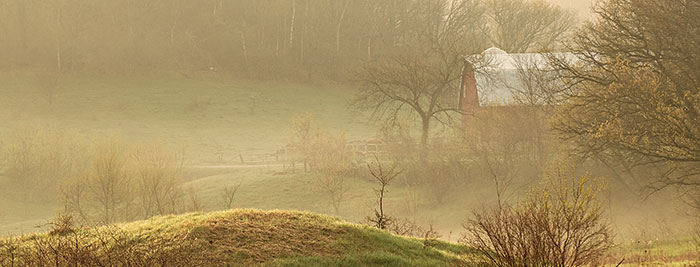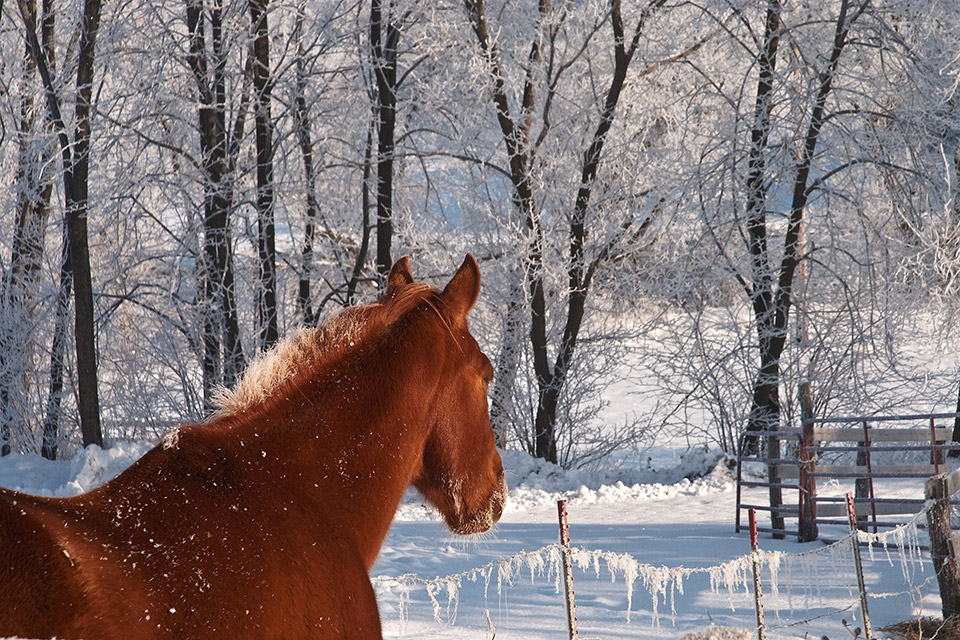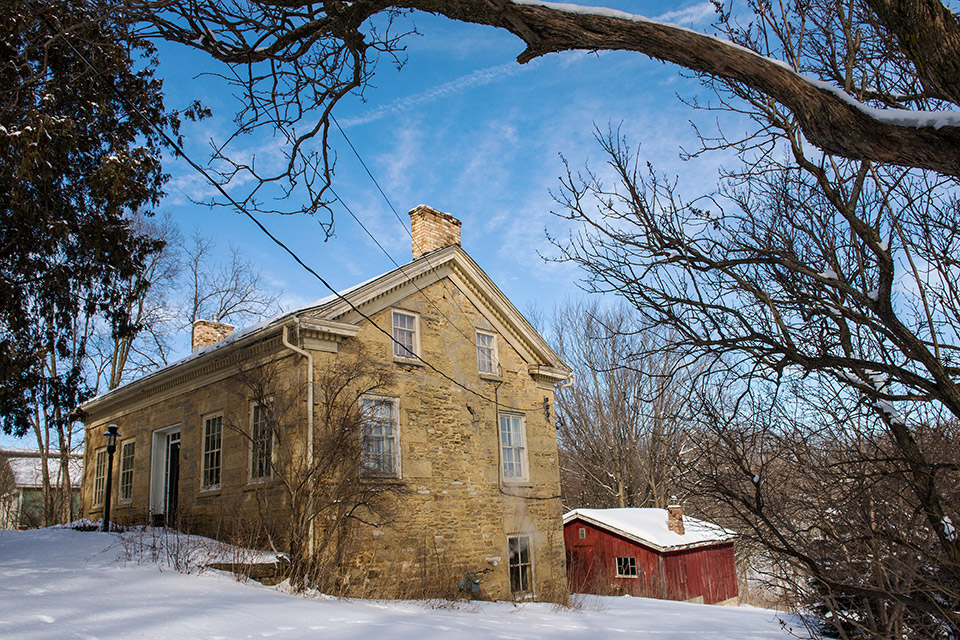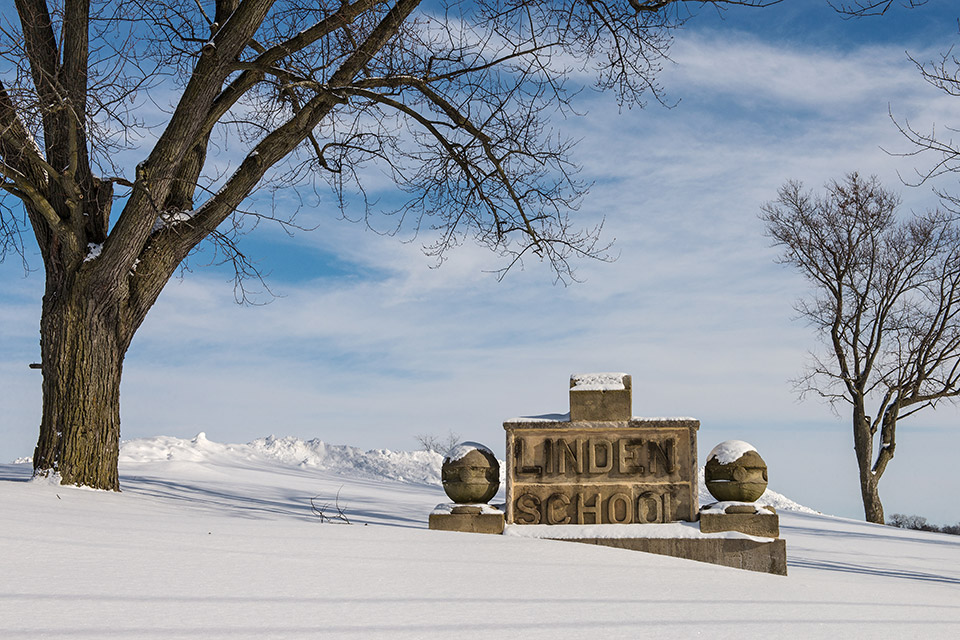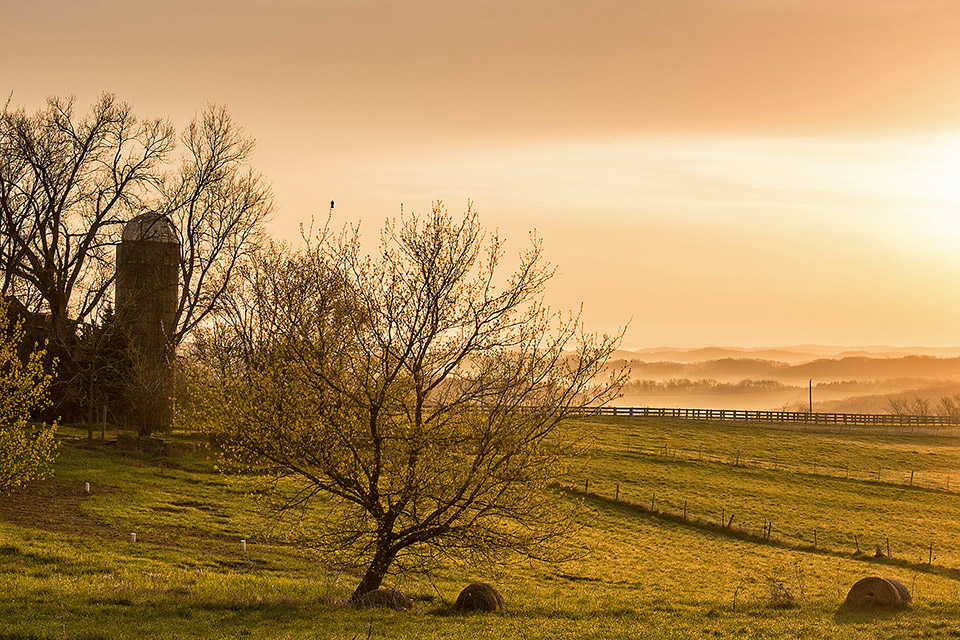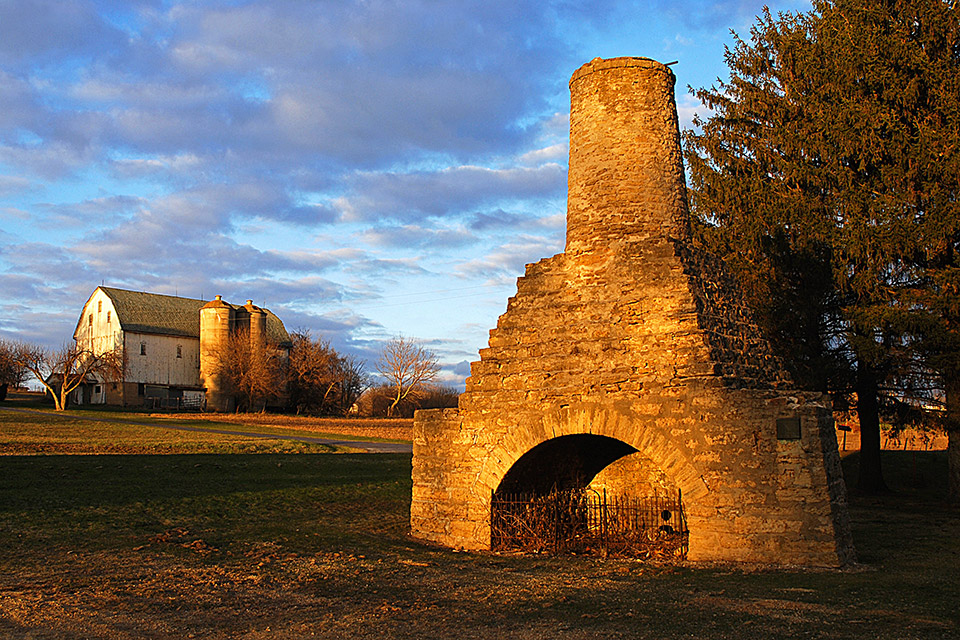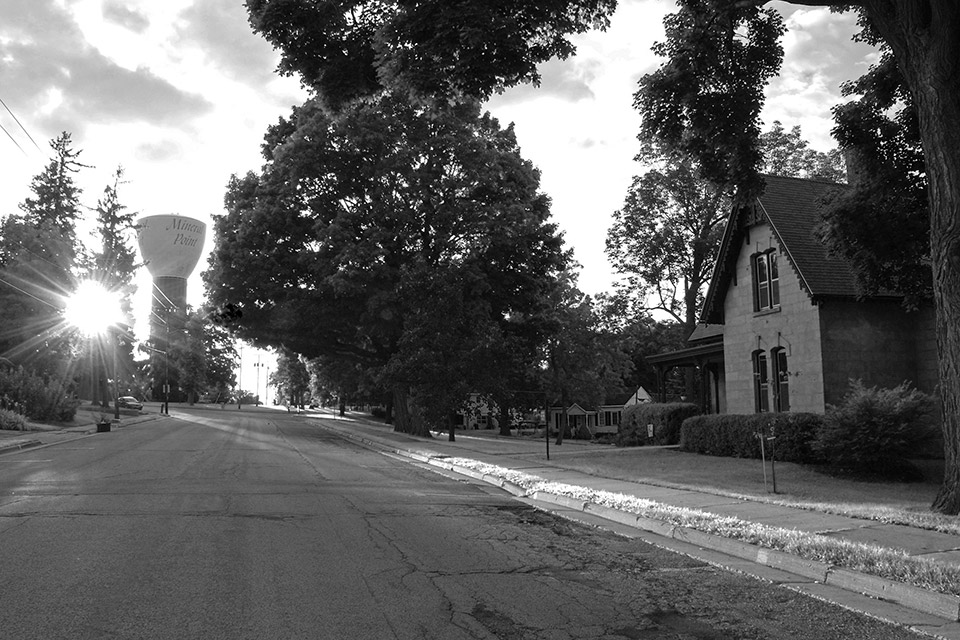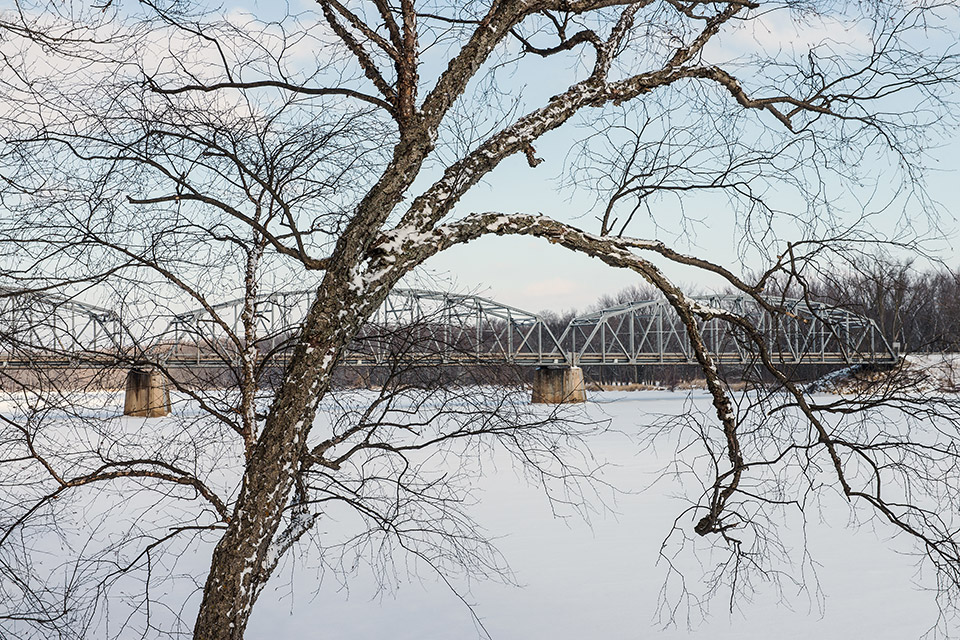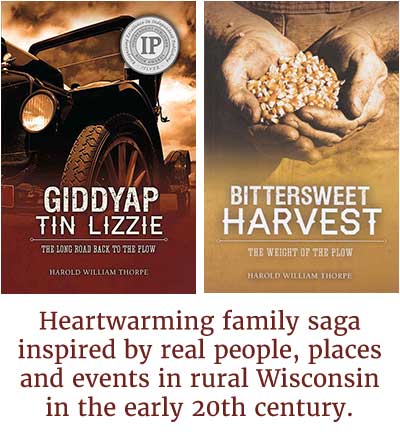Iowa County, Wisconsin
The books of the O’Shaughnessy Chronicles are set in Iowa County, Wisconsin in the early-mid 20th century.
Located in Southwest Wisconsin’s picturesque Driftless Area, Iowa County has a rich history that continues to resonate nearly 200 years after white settlers flocked here in search of lead and other valuable minerals.
Largely rural, Iowa County lies about 30 miles southwest of Madison Wisconsin, the state capitol. Dodgeville, the county seat, is at the confluence of U.S. Highways 18 and 151, about 50 miles northeast of Dubuque, Iowa, 60 miles south of the Wisconsin Dells and 50 miles east of the Mississippi River at Wyalusing, Wisconsin.
Iowa County’s cultural, political, architectural, industrial and geological history remains treasured, contributing today to abundant artistic, culinary and scenic tourist offerings.
In the 1820s, the discovery of lead and other valuable minerals began a mining boom in the area that lasted until the 1860s. Early miners, who burrowed into the local bedrock seeking minerals, were nicknamed Badgers. The Badger remains an official Wisconsin state symbol.
Mineral Point, the first county seat, was founded in 1827. Later, the county seat was moved to Dodgeville. The Iowa County courthouse in Dodgeville, built in 1859, is Wisconsin’s oldest existing courthouse.
During the mining boom, immigrants from Cornwall, England, came en masse to the Mineral Point area. They brought with them Cornish culture and food, such as pasties, that are still an important part of the local culinary scene. Cornish immigrants also built homes and businesses out of local limestone; many remain standing today and are protected historical sites. Examples of historic local architecture include the Cornish settlement of Pendarvis; Cornish cottages at Shake Rag Alley; and the Walker House hotel, constructed in 1836.
Iowa County lies in Wisconsin’s unglaciated area, a part of the state that was untouched by glaciers that thousands of years ago covered this part of the upper Midwest. This is also called the Driftless Area, as it remained unfouled by “drift,” rock and sediment left behind in other parts of the state after the glaciers had receded. Iowa County is marked by deep river valleys, towering rock outcroppings and rolling hills. The Wisconsin and Pecatonica rivers, and many smaller rivers and streams, are found here. Local cold water streams are renowned for trout fishing.
After the demise of the mining industry, Iowa County’s economy shifted to farming. Dairy farming, cheese and wine making and apple growing all remain important local industries today.
In 1911, famed architect Frank Lloyd Wright built his estate and studios on 600 acres in the rolling hills of Iowa County. Taliesin today is a National Historic Landmark. Other historic sites are The House on the Rock near Spring Green and Hyde’s Mill near Ridgeway. Iowa County is also home to Governor Dodge State Park, named after Henry Dodge, Wisconsin’s first territorial governor; Tower Hill State Park; and the American Players Theater.
In recent years, local interest in historic preservation and the arts have melded, gaining Iowa County a reputation as a unique tourist destination. Galleries featuring a wide variety of art, from fiber to jewelry, painting and printmaking, can be found throughout the area. Shake Rag Alley, a historic Cornish site in Mineral Point, is now an art education center and the area’s fall art tour is an anticipated annual event. Theater, dance and music venues abound, many housed in historic sites.
The O’Shaughnessy Chronicles are novels of historical fiction set in Iowa County, Wisconsin and based on my family memoirs. They are heartwarming stories of farming, family, motor cars, and change in the early to mid twentieth century. These award-winning books are available through Amazon, the publisher Little Creek Press, and many local bookstores. Download the first chapters for free.
Photo Album
The beautiful Iowa County photos in this Album were all taken by photographer Terry McNeill. Click to load a larger version.
All images ©2014 Terry McNeill
To see more of Terry McNeill’s photographic work, follow him on Capture Wisconsin.
Iowa County Links
Iowa County Historical Society
Mineral Point Historical Society
Mineral Point Historical Society Digital (photo) Collections, hosted by the Wisconsin Historical Society
Mineral Point Chamber of Commerce
Explore Wiscosin, Iowa County
Southwest Wisconsin Visitor’s Bureau

